From the horse-drawn carriage to the subway.
A time travel through 150 years of history of public transport in Vienna is at the beginning of the 4th part of my series on Viennese special museums. Thematically similar, but much more pompous, the tour continues with insights into the fleet of vehicles of the courtly nobility in the Imperial Carriage Museum in the Schönbrunn Palace Gardens.
Von der Pferdekutsche zur U-Bahn Eine Zeitreise durch 150 Jahre Geschichte des öffentlichen Verkehrs in Wien steht am Beginn des 4. Teils meiner Serie über Wiener Sondermuseen. Thematisch ähnlich, jedoch wesentlich prunkvoller geht es weiter mit Einblicken in den Fuhrpark des höfischen Adels in der Kaiserliche Wagenburg im Schloßpark Schönbrunn.
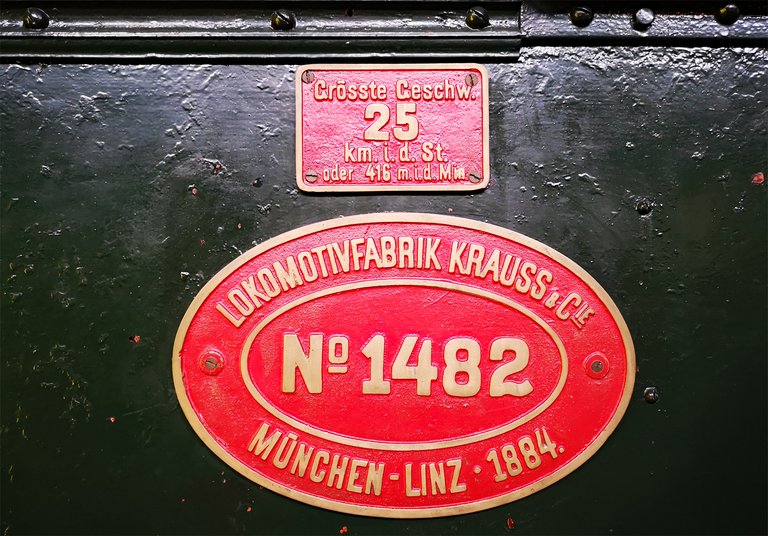
Transport Museum Remise
The transport museum of Wiener Linien is located on the area of the former tram depot Erdberg in the 3rd district. In listed brick buildings, 15 stations lead from the beginnings of public transport with a horse tramway from 1868 to the first underground at the end of the 1970s.
Verkehrsmuseum RemiseDas Verkehrsmuseum der Wiener Linien ist auf dem Areal der ehemaligen Straßenbahnremise Erdberg im 3. Bezirk untergebracht. In denkmalgeschützten Backsteingebäuden führen 15 Stationen von den Anfängen des öffentlichen Verkehrs (Pferdetramway aus dem Jahr 1868) bis zur ersten U-Bahn Ende der 1970er Jahre.
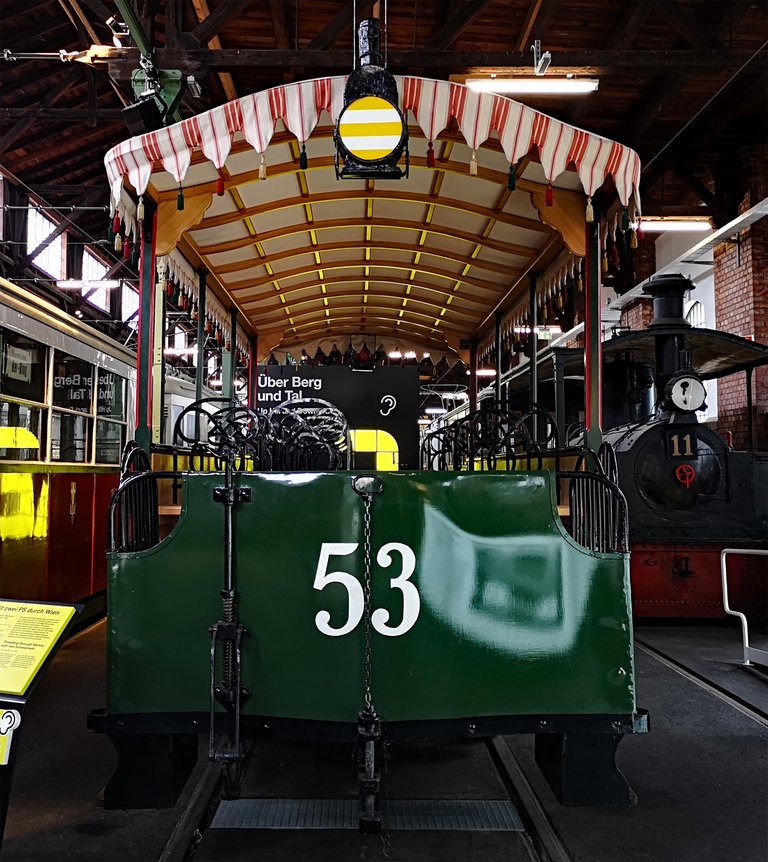
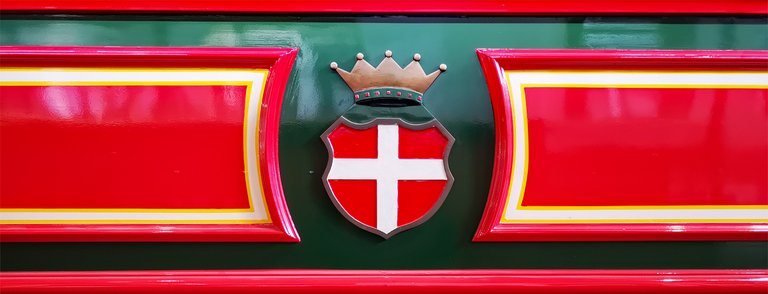
With the construction of the Ringstraße and the first horse-drawn trains, public transport in Vienna began in 1865. During the opening drive, the horse-drawn carriages covered the four-kilometre distance in 20 minutes.
Mit dem Bau der Ringstraße und den ersten Pferdebahnlinien begann 1865 der öffentliche Massenverkehr in Wien. Bei der Eröffnungsfahrt bewältigten die Pferdespannwagen die vier Kilomter lange Strecke in 20 Minuten.
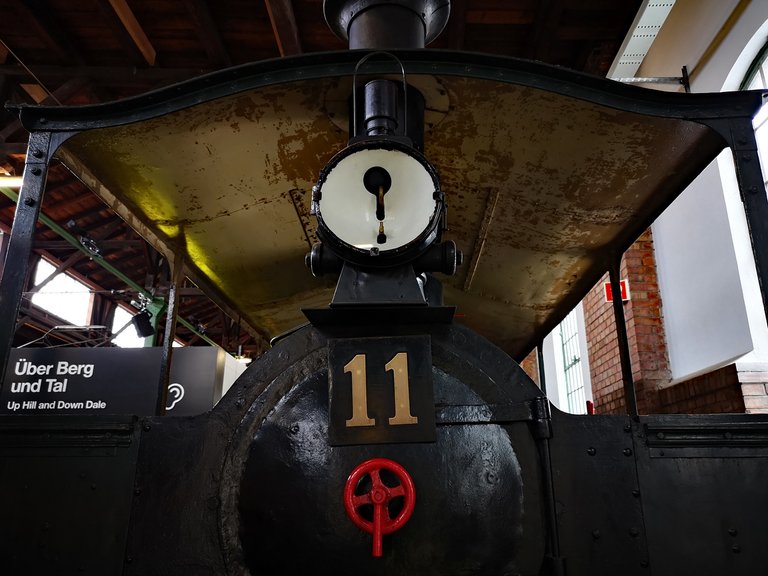
While London already had a subway for years and in other cities there were electric trams.While London already had a subway for years and electric trams were running in other cities, Vienna introduced the steam tramway in 1883. The monarchy thus relied on a vehicle that was already obsolete at the time. The locomotive shown here had about 100 HP and reached a top speed of 25 km/h. However, due to the high soot emission and low comfort, the steam tramway could not prevail over the horse tram.
Während London längst eine U-Bahn hatte und in anderen Städten elektrische Straßenbahnen verkehrten, führte Wien 1883 die Dampftramway ein und setzte damit auf ein bereits damals veraltetes Fortbewegungsmittel. Die abgebildete Lokomotive hatte rund 100 PS und brachte es auf eine Höchstgeschwindigkeit von 25 km/h. Aufgrund der starken Rußentwicklung und des geringen Komforts konnte sich die Dampftramway jedoch gegenüber der Pferdestraßenbahn nicht durchsetzen.
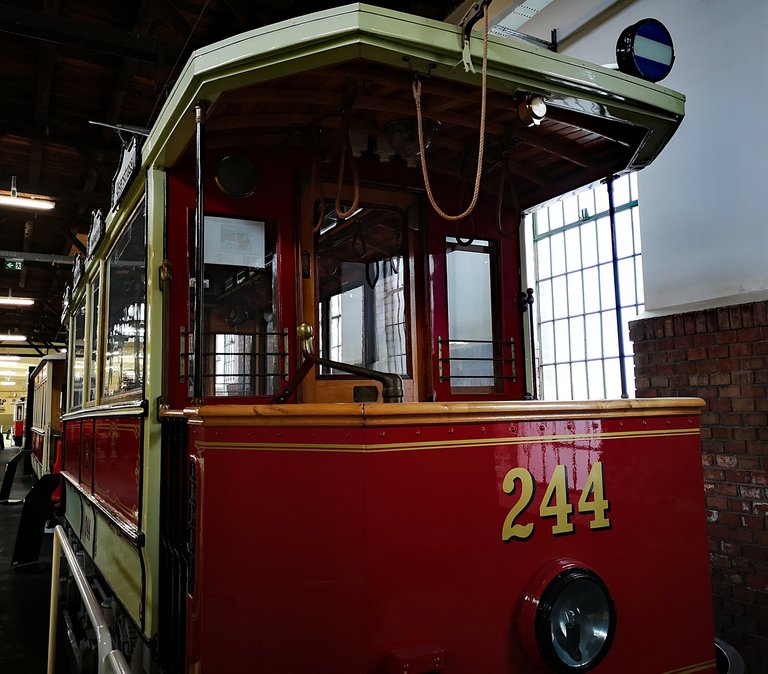
In 1897 the first electric tram was on its way in Vienna. It was to take until 1922 before the entire network was electrified.
1897 war die erste elektrische Straßenbahn in Wien unterwegs. Es sollte noch bis 1922 dauern, bis das gesamte Streckennetz elektrifiziert war.
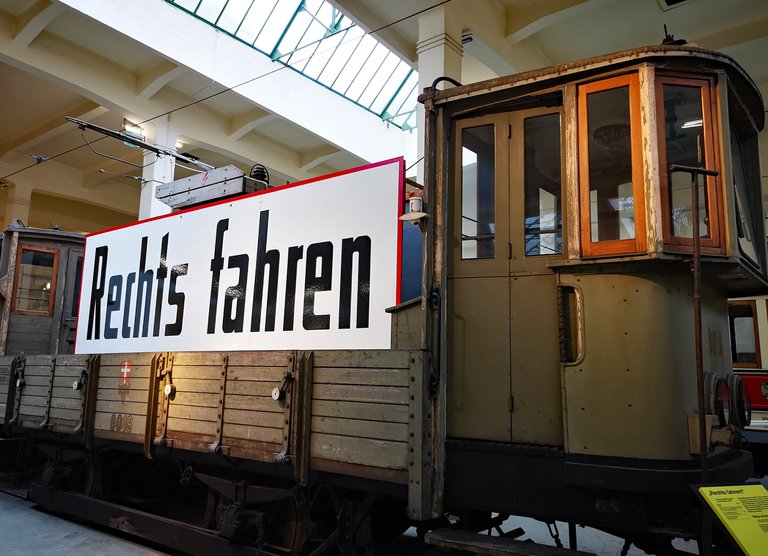
Austria was one of the last countries in continental Europe to drive on the left side of the road. In 1938, after the annexation to Nazi Germany, there was a switch to right-hand traffic.
Österreich war eines der letzten Länder in Kontinentaleuropa, in dem auf der linken Straßenseite gefahren wurde. 1938 wurde nach dem Anschluss an Hitler-Deutschland auf Rechtsverkehr umgestellt.
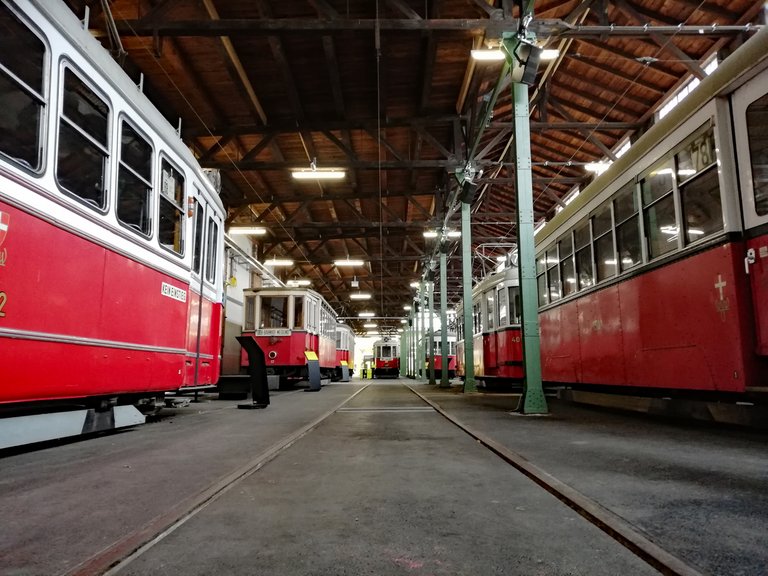
After the Second World War, trams from New York ran in Vienna. The sets were purchased with financial resources from the Marshall Plan. The special feature was that the cars had a driver's cabin at the front and back and the seats could be adjusted to the respective driving direction.
Nach dem 2. Weltkrieg verkehrten Straßenbahnen aus New York in Wien. Die Garnituren wurden mit finanziellen Mitteln aus dem Marschallplan angeschafft. Das Besondere war, dass die Wägen vorne und hinten eine Fahrerkabine hatten und man die Sitze nach der jeweiligen Fahrtrichtung ausrichten konnte.
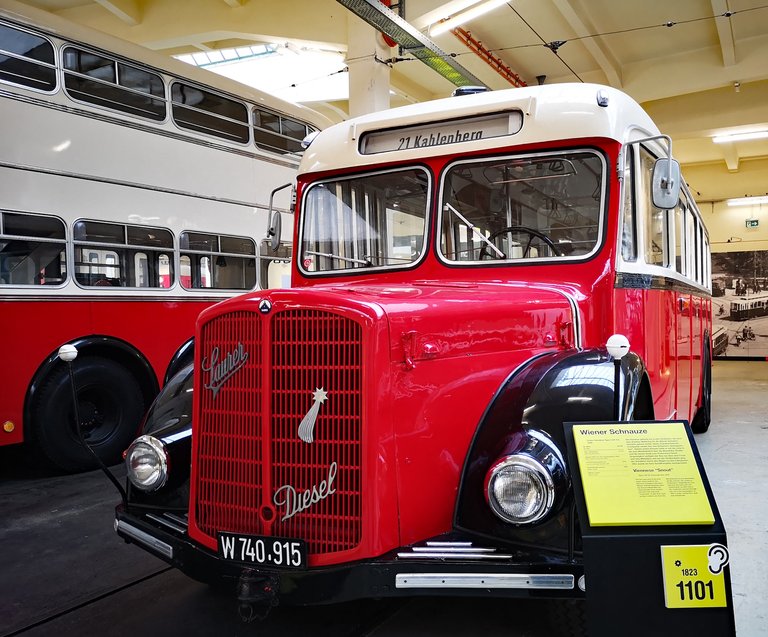
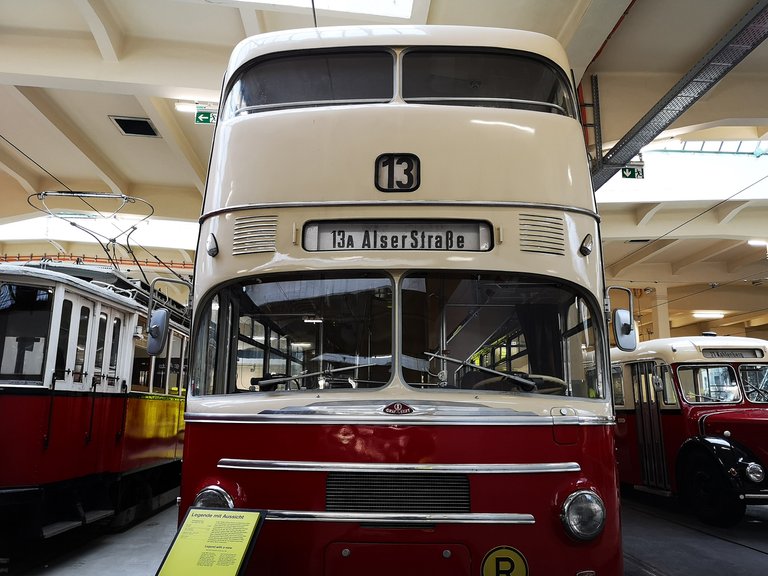
It is remarkable that double-decker buses, as they were used in the 1960s, were not successful in Vienna.
Bemerkenswert ist, dass sich Doppeldeckerbusse, wie sie in den 1960er Jahren eingesetzt wurden, in Wien nicht durchsetzen konnten.
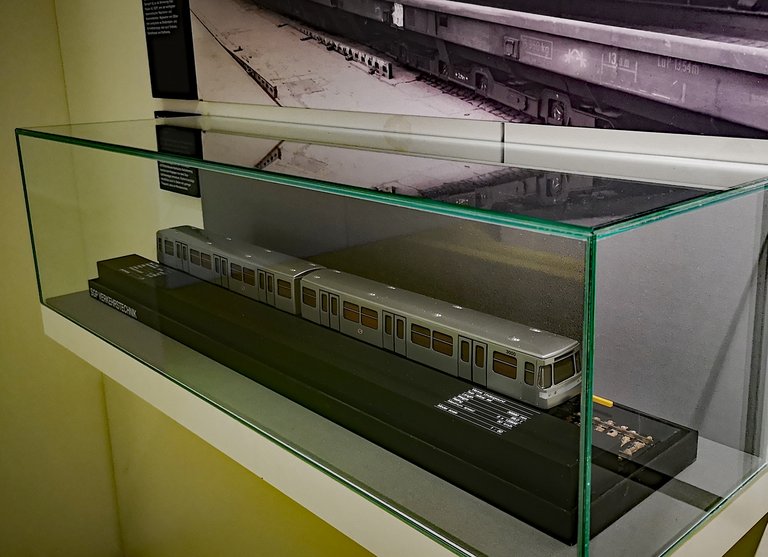
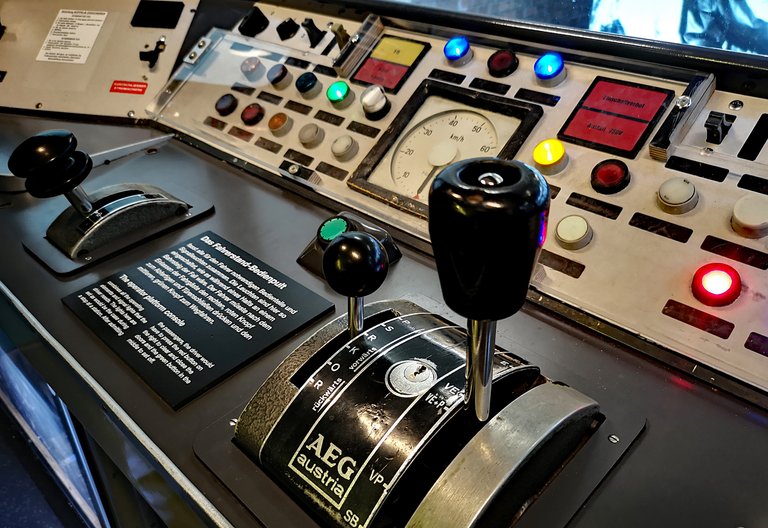
From 1876, the so-called "Silver Arrow", the first generation of the Vienna underground, was in service.
Ab 1876 kam der sogenannte "Silberpfeil", die erste Generation der Wiener U-Bahn zum Einsatz.
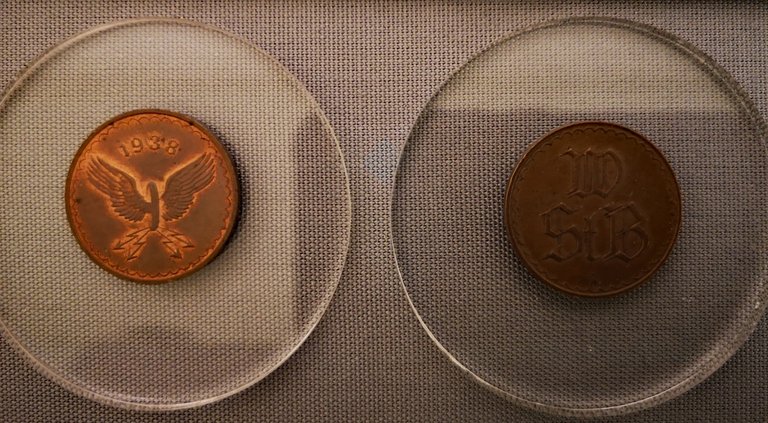
In addition to the approximately 50 historic vehicles, old photos, display boards, videos and other exhibits also convey the city history and urban politics of the respective era.
Neben den rund 50 historischen Fahrzeugen vermitteln alte Fotos, Schautafeln, Videos und andere Exponate auch die Stadtgeschichte und Stadtpolitik der jeweiligen Epoche.
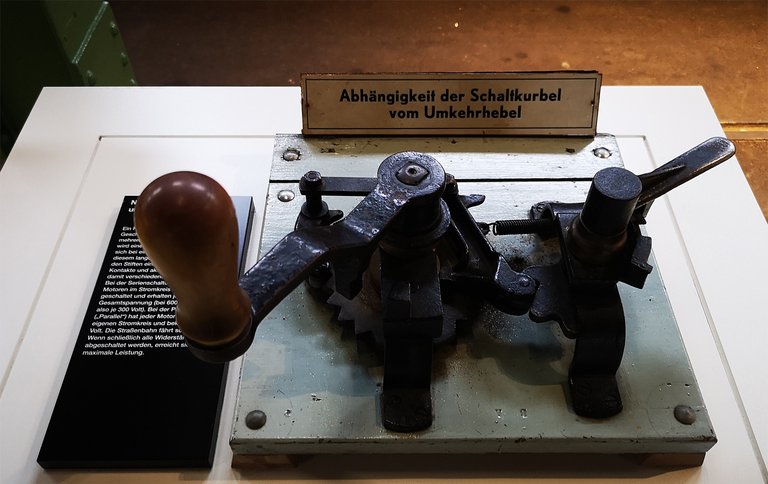
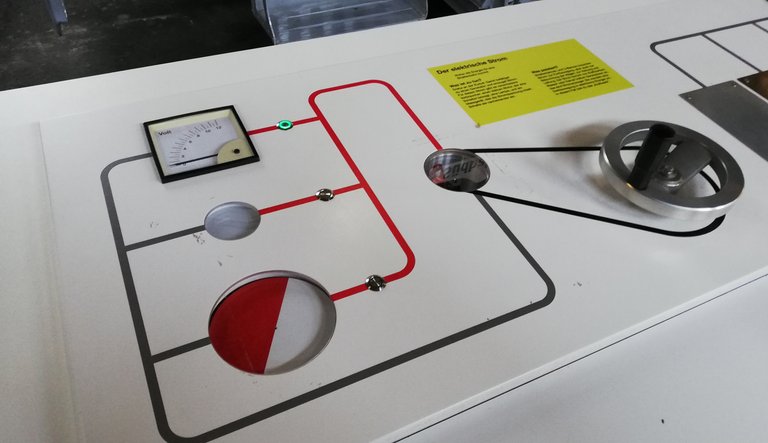
'Touching permitted' is the motto of the museum. Numerous interactive stations invite you to discover and selected vehicles can be explored up close.
"Angreifen erlaubt" ist die Devise des Museums. Zahlreiche interaktive Stationen laden zum Entdecken ein und ausgewählte Fahrzeuge können hautnah erkundet werden.
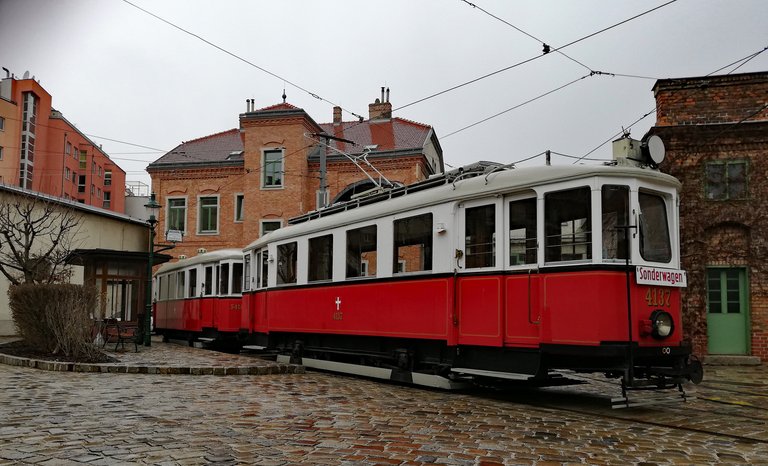
Imperial Carriage MuseumThe Imperial Carriage Museum invites you on a tour through Austria's history. The eventful life of historical personalities, mainly from the courtly nobility, is told through their carriages.
Kaiserliche Wagenburg Zu einem Rundgang durch Österreichs Geschichte lädt die Kaiserlichen Wagenburg ein. Anhand ihrer Kutschen wird das bewegte Leben von historischen Persönlichkeiten, vornehmlich aus dem höfischen Adel, erzählt.
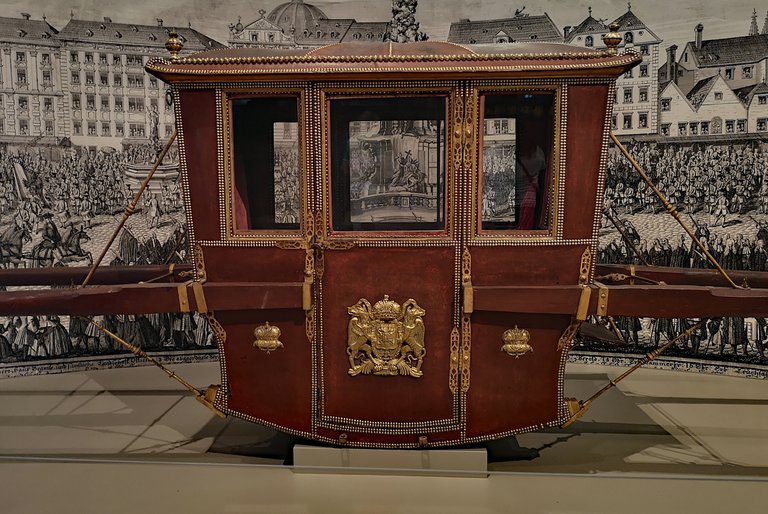
The litter, shod with 11,000 gold-plated nails, was carried by two mules. The luxurious travel vehicle is even equipped with its own toilet.
Die mit 11.000 vergoldeten Nägeln beschlagene Sänfte wurde von zwei Maultieren getragen. Das luxuriöse Reisegefährt ist sogar mit einer eigenen Toilette ausgestattet.
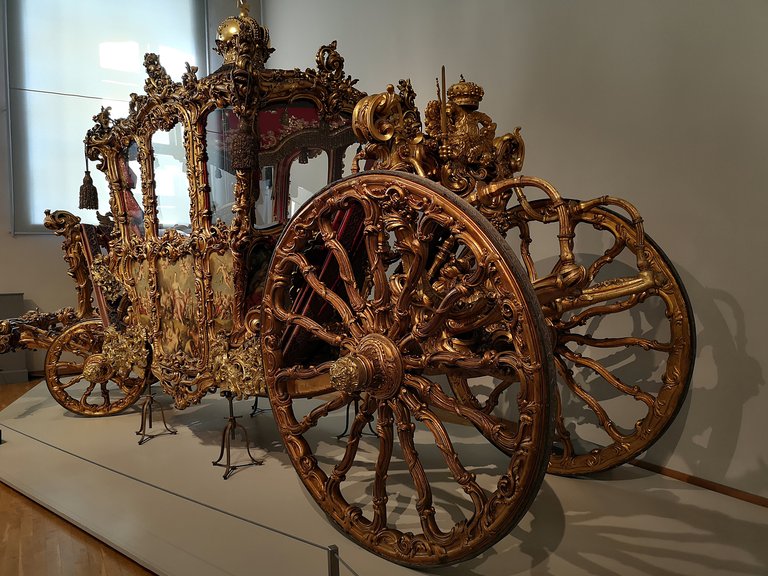
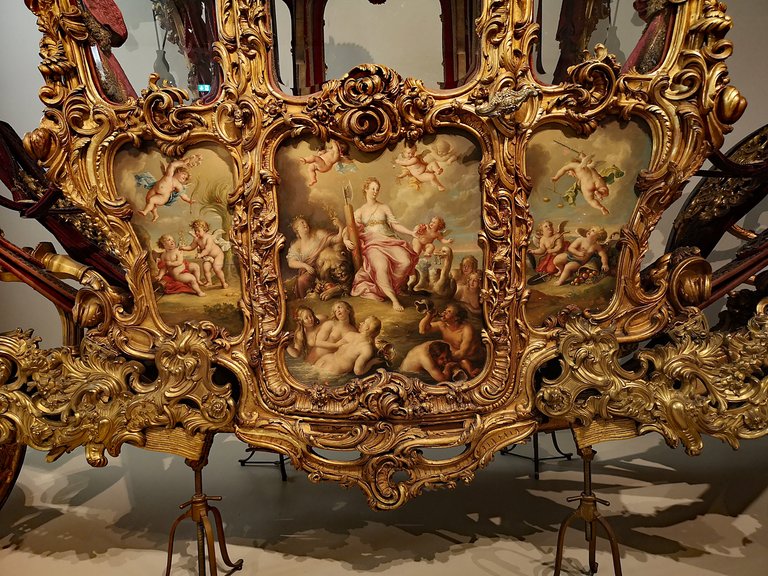
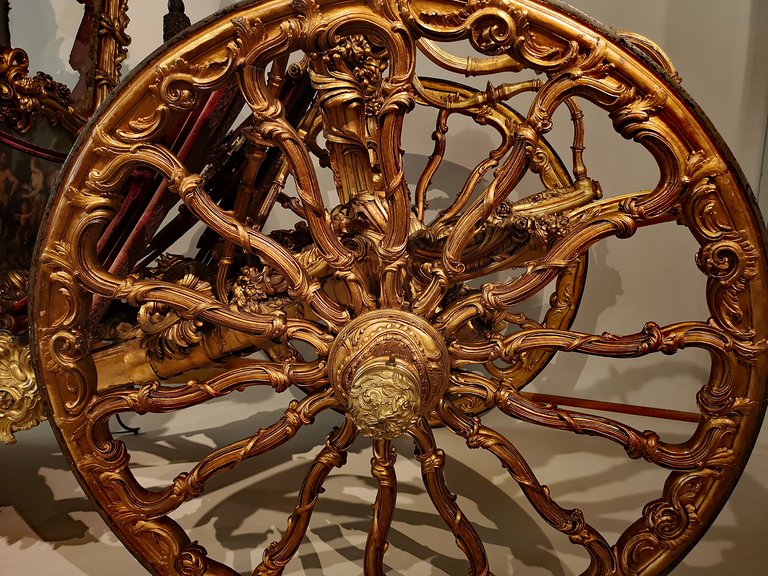
A "Sisi Trail" leads through the exhibition and makes Empress Elisabeth's life comprehensible through her carriages, her magnificent dresses and unique cult objects. In the Imperial carriage, the most distinguished carriage at the Viennese court, Elisabeth went to her coronation in 1867, which took place in Budapest's Matthias Church.
Durch die Ausstellung führt ein "Sisi-Pfad", der das Leben von Kaiserin Elisabeth anhand ihrer Kutschen, ihrer prachtvollen Kleider und einzigartigen Kultobjekte nachvollziehbar macht. Im Imperialwagen, der vornehmsten Kutsche am Wiener Hof, fuhr Elisabeth 1867 zu ihrer Krönung, die in der Budapester Matthiaskirche stattfand.
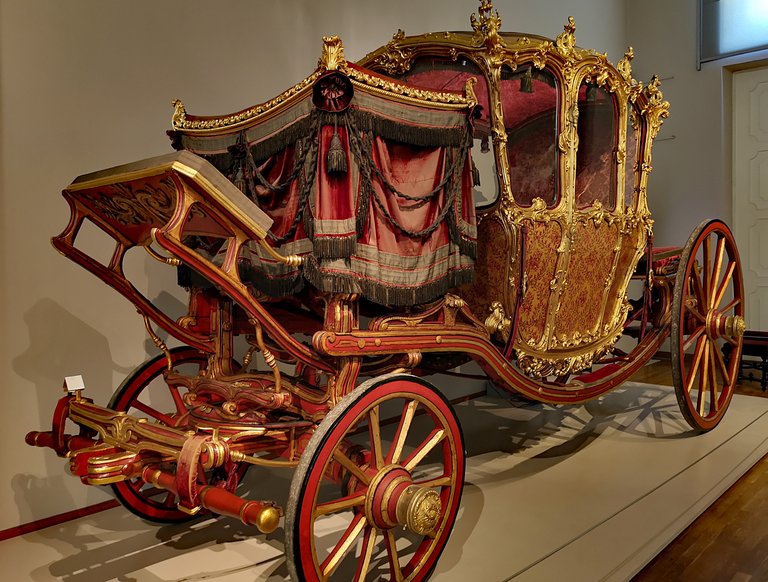
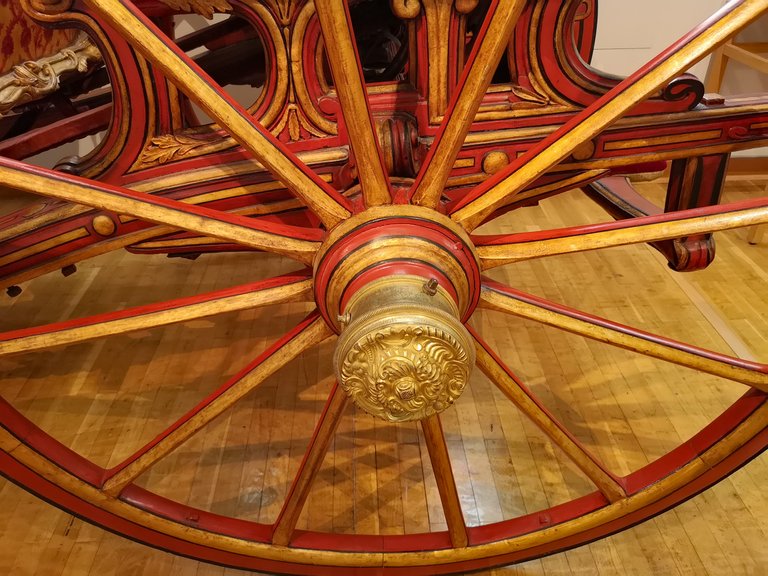
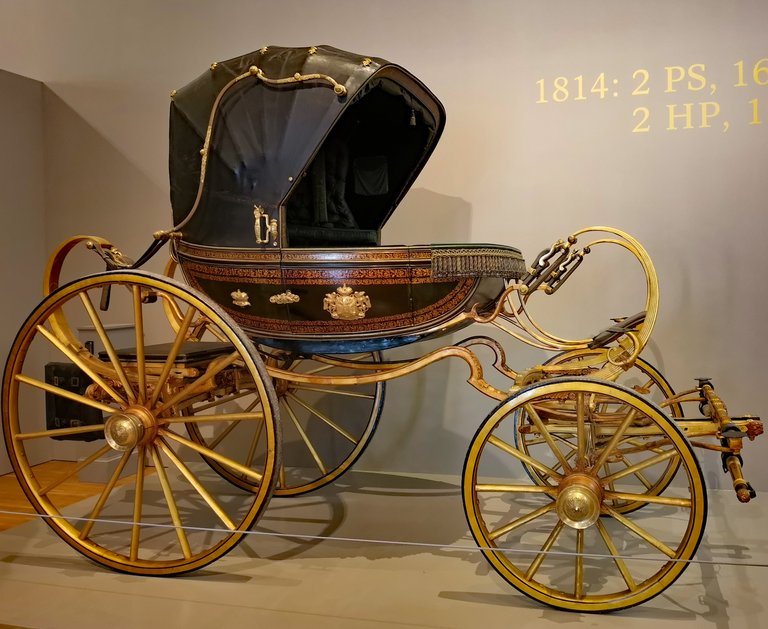
This was a small insight into the vehicle fleet of the Viennese court. A detailed report on the Imperial Carriage Museum will follow.
Das war ein kleiner Einblick in den Fuhrpark des Wiener Hofes. Ein detaillierter Bericht über die Kaiserliche Wagenburg folgt.
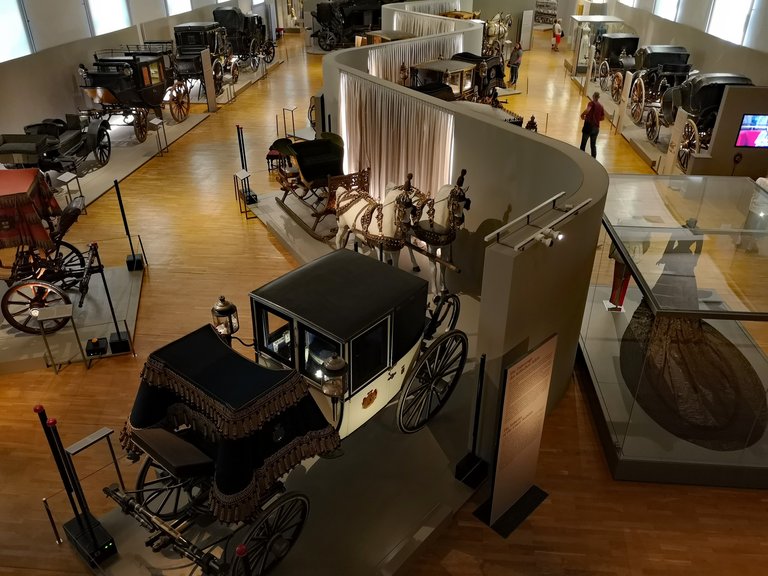
Special Museums in Vienna / Spezielle Museen in Wien
Part 1 / Teil 1
Part 2 / Teil 2
Part 3 / Teil 3
Der Bahnhof mit den roten Tram-Wagen erinnert mich an unserem Bahnhof in Semarang (der Kapital von Mittel-Java Provinz).
Er sieht so ähnlich aus. Na ja, er ist auch von den Niederlanden damals gebaut und wurde seitdem auch nicht viel geändert.
Die Pferdekutsche sind sehr schon, aber sieht klein aus. Sie ist also nur für die Kaiserin gemacht worden, der König kann sie bestimmt nicht begleiten 😊.
In der Krönungskutsche war wohl wirklich nur Platz für Maria Theresia, die in Preßburg zum "König" von Ungarn gekrönt wurde. Sie war seit Maria Theresia (14. Jh.) die erste weibliche Thronfolgerin in Ungarn. Um "Sisi", wie Elisabeth genannt wurde, gibt es immer noch einen regelrechten Kult, wozu ihr exzentrischer Lebensstil und ihre Ermordung sicherlich auch beigetragen haben.
Dear Anna,
I voted for your post, reblogged, shared on Twitter and commented. But my comment has disappeared. It was so late at night that perhaps I forgot to 'post'. Oh well, here I go again :)
Transportation and history. Along with communication, one of the drivers of progress. I was struck by this line:
This old world mindset would very dramatically be ruptured by WWI. It's interesting how that war changed the world order, drove reluctant regimes suddenly into modern times.
Your pictures are brilliant. The Imperial carriages are amazing. Almost grotesquely ornate...highlights the privilege of both wealth and position enjoyed by royalty. (Of course, today's private jets are equally dramatic reminders of wealth disparity).
I found your narrative to be very insightful, and informative. Thank you so much for another brilliant blog. Be well and peaceful.
Respectfully and affectionately,
AG
Dear AG,
This quote is said to be from Gustav Mahler, a famous Austrian composer. As far as the subway is concerned, that's certainly true. While the first subway in Vienna did not go into operation until 1976, other western European cities were much earlier. For example, London in 1863, Budapest in 1896, Paris in 1900 or Berlin in 1902. At the turn of the century, the "Wiener Stadtbahn" (Vienna Metropolitan Railway) was opened, which was planned by Otto Wagner. Even today, some art nouveau pavilions along the subway remind us of the metropolitan structure that is one of the key works of modern architecture around 1900. The Stadtbahn will also be one subject of the second part of my series on Viennese art nouveau, which I dedicate to the great architect and visionary Otto Wagner.thank you very much for your efforts regarding my blog. I'm glad you wrote the commentary again.
I'm always glad and grateful if someone takes a closer look at my articles, thank you. After a few rainy days, the sun is shining again today. I send you many sun rays to faraway New York. Stay well and healthy!
Affectionately,
Anna
Dear Anna
<If the world should ever end, I'll move to Vienna, because there everything happens 50 years later.
😄 What a wonderful quote. Of course a national government cannot long endure with that frame of mind, but to me it sounds deliciously peaceful. Perhaps one reason Vienna today is a living museum. The past is not discarded but gently surpassed.
I hope those sun rays endure for you. So warm and sunny here, also.
Affectionately,
AG
🌻 🌞 🌻
Wieder mal ein ganz toller Post! Nur dass Du es weißt: Ich lese jedes Wort und genieße deine Fotos, auch wenn ich manchmal zu faul zum Kommentieren bin. Immer nur weiter so!
Vielen Dank @wulff-media für deinen Kommentar. Es freut mich, wenn meine Beiträge auch gelesen werden.
Und wieder ein sehr guter Bericht von Dir mit den gewohnt guten Fotos und eine gute und einfache Erklärung. Habe wieder viel Neues erfahren können und nehme immer viel mit wenn ich deine Blogs lese.
LG Michael
!invest_vote
!jeenger
Hallo Michael, schön, dass du wieder mit dabei warst. Du bist ja einer meiner treuesten Leser :-) Ich wünsche euch noch schöne Tage an der Ostsee. Liebe Grüße aus Wien, Anna
Sehr sehr schön!
Danke bitandi, eine schöne Woche wünsche ich dir.
Ein jeengervote für dich von @mima2606
Danke an @mima2606 und @jeenger.
Du wurdest als Member von @investinthefutur gevotet!
Danke!
Du hast ein Upvote von mir bekommen, diese soll die Deutsche Community unterstützen. Wenn du mich unterstützten möchtest, dann sende mir eine Delegation. Egal wie klein die Unterstützung ist, Du hilfst damit der Community. DANKE!
Danke
Schönen Sonntag
Votet@mima2606 denkt du hast ein Vote durch @investinthefutur verdient!@mima2606 thinks you have earned a vote of @investinthefutur ! @cervisia for Witness